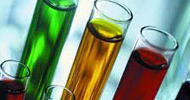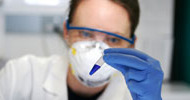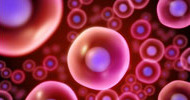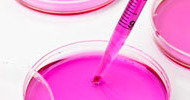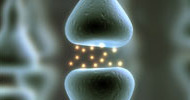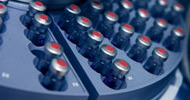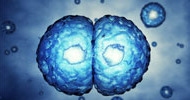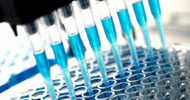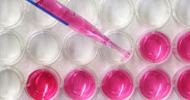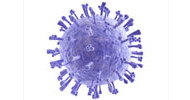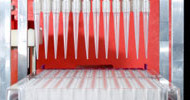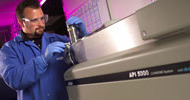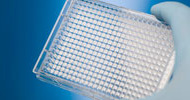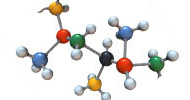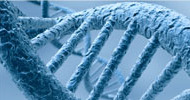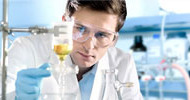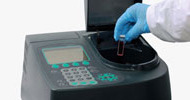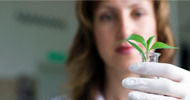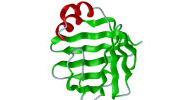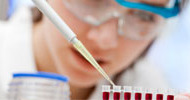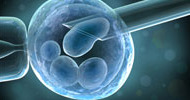Description
New Protocols Increase Stem Cell Expansion Outputs and Improve Differentiation into CardiomyocytesCambridge, UK/ Toronto, Canada: TAP Biosystems (now part of the Sartorius Stedim Biotech Group), a leading supplier of innovative cell culture and fermentation systems for life science applications, today announced that the ambr15™ micro bioreactor system is being used at the Centre for Commercialization of Regenerative Medicine (CCRM), Canada to rapidly develop methods for culturing stem cells in bioreactors, thus shortening timelines for successfully scaling-up and manufacturing more cost-effective cell therapies and regenerative medicines.
Scientists at CCRM have utilised the ambr15 micro bioreactor system to optimise methods for forming three-dimensional aggregates of pluripotent stem cells (PSCs) for cell expansion, and differentiating the aggregates into enriched cardiomyocytes populations.
In the new protocol for PSC aggregate culture, PSCs were incubated in media supplemented with FGF-2 and ROCKi, in six well plates on orbital shakers for 24 hours. The cell suspensions were transferred to ambr15 micro bioreactors or left on the orbital shakers where they were incubated for a further 48 hours. Different agitation speeds of 300rpm or 600rpm were set for the ambr15 micro bioreactors and 70rpm for the controls. The results showed that cells cultured in the ambr15 micro bioreactors produced aggregates of a more consistent size distribution with greater total cell expansion compared to controls. Preliminary data indicate using ambr15 micro bioreactors to optimise parameters, such as agitation speed, could improve cell yield for PSC culture.
For differentiation, PSCs in ambr15 micro bioreactors were induced to cardiac cells over 14 days. The results showed that culture in the ambr15 significantly improved cardiomyocyte yield compared to the orbital shaker controls.
“These preliminary data provide promising leads on key parameters for further optimisation of pluripotent stem cell culture and production of cardiomyocytes," explains Dr. Nick Timmins, Director Product and Process Development, Centre for Commercialization of Regenerative Medicine. "The ambr has been instrumental in enabling rapid translation of these cultures to controlled bioreactors, and lays the foundations for successful scale-up to clinically meaningful cell quantities in the future."
Dr Barney Zoro, ambr Product Manager at TAP Biosystems stated: "A challenge for the regenerative medicine industry is to develop cell culture processes that are well characterised and can be scaled up for production to ensure clinical and commercial success. Producing PSC aggregates is one example of how to culture non-adherent stem cells in bioreactors to enable generation of clinical scale cell yields.”
Zoro continued: “The research by the CCRM scientists with the ambr15 is very exciting because it shows that this technology not only allows modelling of stem cell expansion and differentiation but also optimisation of stem cell related parameters. Utilising ambr15 for these applications reduces reliance on costly and time consuming bench top bioreactors, allowing cell therapy scientists to reduce costs and timelines for their process development work. This will help them develop robust, cost-effective manufacturing processes and means affordable regenerative therapies for large patient numbers could become a reality.”












